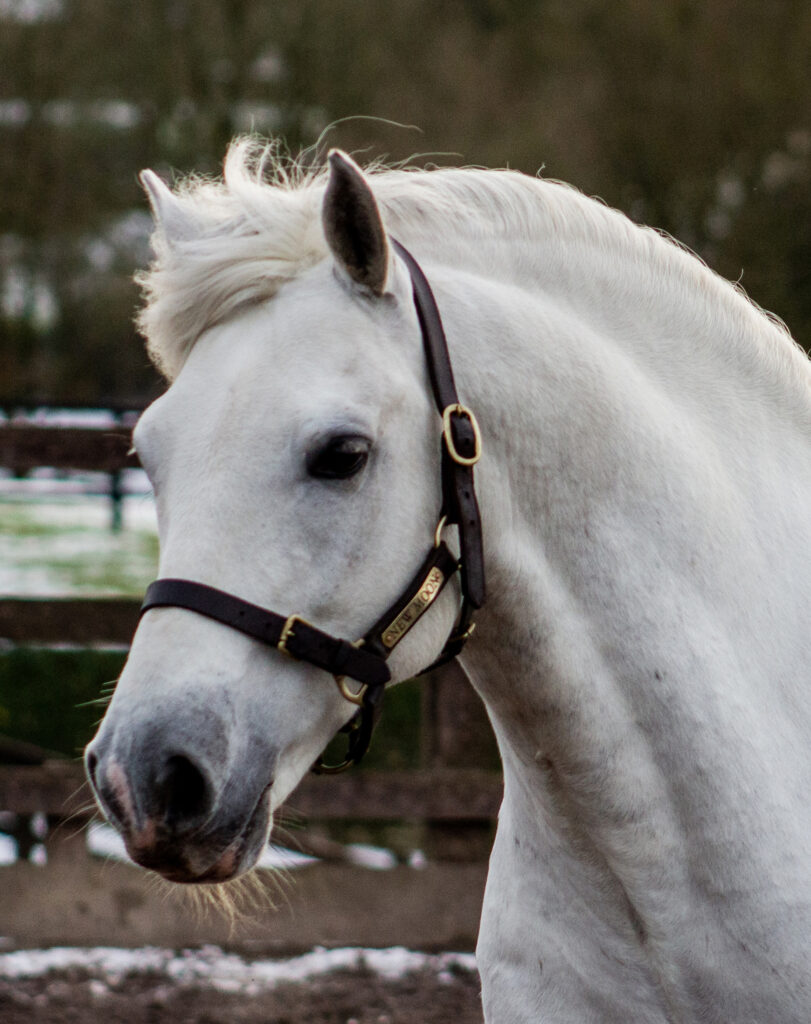
If you’re planning to bring your stallion to stud for semen collection and freezing, this article is for you. Written by reproduction expert, Chris Shepherd BVSc MRCVS, from B&W Equine Vets, it breaks down the complex process of spermatogenesis and offers practical advice on how to prepare your stallion for a stud visit. With the right management, you can improve the quality and quantity of the semen collected, and be achieve optimal results.
Understanding Spermatogenesis
The advantages of using and marketing stallions through frozen semen are well recognised. Attention to the management of a stallion prior to going to a collection centre can help maximise the quality and number of insemination doses that are produced during the stay.
The stallion manufactures spermatozoa by a process called spermatogenesis. Stem type cells in the seminiferous tubules of the testicles undergo a series of divisions to produce the unique shape and characteristics of a sperm cell or spermatozoa. The duration of spermatogenesis is 57 days in the horse.
The number of spermatozoa that a stallion will produce at collection is, to a large extent, dependent on the size of his testicles. His predicted daily sperm output can be calculated by measuring the volume of his testicles. The size of his testicles is genetically determined.
Other factors and management practices discussed below can influence sperm output, but bear in mind that they need to be considered for at least the 57 days of spermatogenesis prior to the proposed collection period.
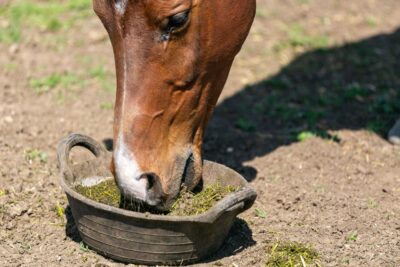
Nutrition and supplements
Energy intake in the lead up to a collection period will be geared to what the stallion is doing at that time and will be a combination of forage plus or minus concentrate. During the collection period, stallions require 20% more calories per day above maintenance requirements, provided by an increase in concentrate quantity.
The benefits of nutraceutical supplementation during spermatogenesis has been confirmed experimentally. Improvements in spermatozoal concentration, motility and morphology can be anticipated. Omega 3 fatty acids, Vitamins A,C, E, Selenium, zinc, L-Carnitine and DHA have all been shown to be beneficial. There are several commercially produced supplements using the above that are available. They should be started at least 57 days before the collection period and continued throughout it.
Environmental factors
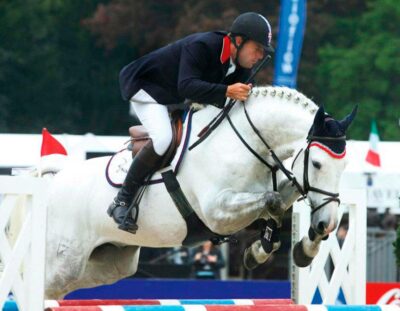 Research into the effects of the stress hormone cortisol suggest that it does not negatively affect semen quality. Competition and transport may not therefore be deleterious during the period of spermatogenesis. However, body temperature increases as a result of competing or staying in warmer climates can have an detrimental effect on semen quality. Likewise, any illness that results in temporarily increased body temperature may be significant.
Research into the effects of the stress hormone cortisol suggest that it does not negatively affect semen quality. Competition and transport may not therefore be deleterious during the period of spermatogenesis. However, body temperature increases as a result of competing or staying in warmer climates can have an detrimental effect on semen quality. Likewise, any illness that results in temporarily increased body temperature may be significant.
Most of the commonly used drugs in equine illness or emergencies including antibiotics will not affect semen quality. Antineoplastic drugs will have an affect, but thankfully are very rarely used. Likewise, anabolic steroids will have a detrimental affect, but are banned substances in competition horses.
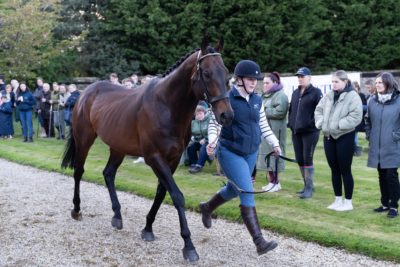
General fitness and soundness
The semen collection process is invariably performed on a dummy or phantom. Optimal general health, body condition and soundness will increase libido and encourage engagement of the dummy and ejaculation. The ideal BCS for breeding stallions is 5-6/9. Low grade orthopaedic limb or back pain should be identified and addressed before the collection period.
Dummy training and flush out collections
It is expected that a stallion arriving at a collection centre will have been well managed at home and will be well mannered during the collection process. If it has been possible to train him to a dummy in advance, this will maximise time spent actually collecting at the freezing centre. Some stallions store large quantities of sperm in their accessory sex glands which may have reduced morphology and motility. Flushing out this stored sperm with a few preparatory collections may be necessary before semen quality is optimised and freezing can begin. Again, if this can be done at home in advance, it will avoid time having it done at the collection centre. In many cases, it is accepted that this will not be possible due to lack of facilities.
Health testing for stallions visiting a collection centre
There are several sexually transmitted viral and bacterial diseases that can be spread through AI, most of which will survive the freezing process. Pre entry disease screening is therefore essential. The diseases that are tested for will vary according to the countries the semen may be exported to. Some repeat testing during and after the collecting period may also be necessary, again depending on the requirements of the individual country. The minimum pre-entry tests required from all stallions are:
- Contagious Equine Metritis (CEM)
This is a bacterial infection that is tested using swabs taken from 3 recognised sites on the stallion’s penis. Two sets of swabs should be taken 7 days apart. It is usual to also test for Klebsiella and Pseudomonas at the same time which are also venereally transmitted bacterial diseases recognised in stallions.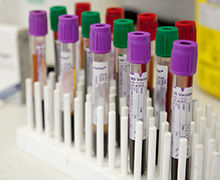
Negative test results for CEM, EVA and EIA will be required before arrival at stud - Equine Viral Arteritis (EVA)
EVA is a viral respiratory disease that some stallions will carry in their testicles and excrete in their semen. In most cases it is tested using a simple blood test. In stallions that have been previously exposed or vaccinated, it requires a culture test on a semen sample. - Equine Infectious Anaemia (EIA)
EIA can also be transmitted in semen and can be tested for using a blood test.
All samples should be taken within 30 days of arrival at the collection centre and should be sent to the APHA (ministry) lab for export purposes rather than one of the many private labs.
Conclusion
In conclusion, the successful management of a stallion for semen collection involves a general understanding of spermatogenesis and the factors that influence sperm quality and quantity. By focusing on optimal nutrition, managing environmental factors, ensuring general fitness, and adhering to rigorous health testing protocols, breeders can maximize the potential of their stallions.
* * *
Chris Shepherd was responsible for the early development of the stud and reproduction department at B&W. He was instrumental in advancing artificial insemination (AI) in the UK, working on the BEVA AI subcommittee and with DEFRA. Until recently, Chris served as a DEFRA examiner for lay inseminators following the deregulation of AI. He was also a member of the scientific programme organizing committee for the 2010 BEVA Congress. His clinical caseload is primarily stud-oriented, managing a diverse mix of competition horses and Thoroughbred (TB) clients. Additionally, he is the retained veterinarian for one of the largest TB producers worldwide.
If you have any other questions on preparing your stallion for semen freezing, please contact the WKS team on 01249 782050.
West Kington Stud offers a range of Stallion Services from our DEFRA Approved Semen Collection & Storage Centre. Further information and prices for collection, freezing and storing of semen is available on our Stallion Services page.

